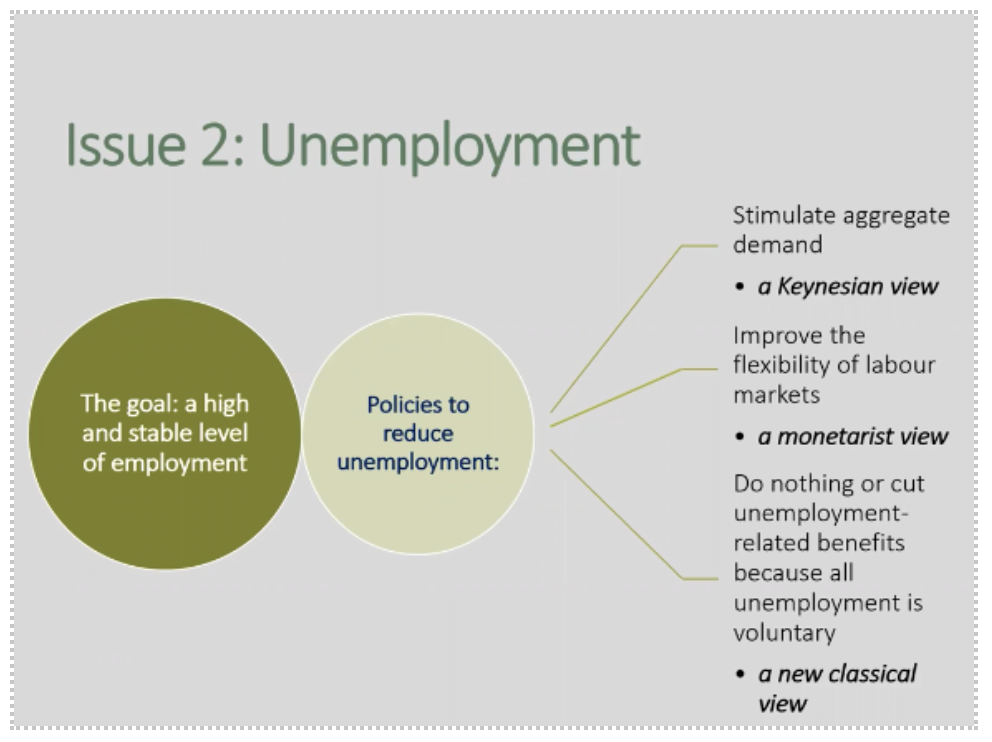Developing materials for neuro-diverse students through collaboration and shared understanding
Date: 11/11/21
Christina Phillips
View Christina Phillips Staff Profile
Linda Walsh
View Linda walsh Staff Profile
Summary
Improving teaching practices though exploring neuro-diversity
Further Information:
Subject Area:
School of Business Management
Level: All Levels
Keywords
Bite-Size, Course Design, Dyslexia, Dyspraxia, Lectures, Neuro-diversity, Powerpoint, Seminars, Student Engagement
Case Study:
Linda has been working closely with Christina over the past year to learn from her experiences as a dyslexic and dyspraxic academic. Through conversations and reviewing teaching practices, Linda has begun to change the way she designs PowerPoints and some other elements of her teaching. It is difficult to summarise all of these elements in this review, but it does provide a powerful example of how, through shared understanding, awareness can result in key small changes that can help all students.
Linda began working with Christina and reflects as she started to understand the issues, “it really blew my mind.” She knew she had to take advantage of the first-hand experience of an academic who has been a student with dyslexia and dyspraxia. The aim being to improve the quality of the materials she presented and also to share this understanding to make it standard practise in what we all do.
Not everyone who has these conditions may know this. Christina recalls the events that happened that made her seek help and a diagnosis. “So the thing that triggered me to get attached was I was in a physics class one day and I loved physics so much. I really wanted to do it. But I knew I wasn't brilliant at it, but I really wanted to do it. And I was stressed about this class because it was beginning to come up against my barriers. And I read a question three times and each time I read it, the numbers in it were different. It was one then it was a five and then it was one. Then it was a five. I was nearly in tears and I had to run out of the classroom.”
Stories like this help us to understand how those with diverse neurological conditions experience things that others might find simple of easier to do. Though this developing understanding we can begin to look at our practice and see where the way we teach rather than what we teach might be disabling some students.
What are Dyslexia and Dyspraxia?
It is important to understand that there is a wide range within these conditions, and the following are just a few of the aspects that Christina shared with Linda. Christina is just an example of ‘one’ and not representative of all those with the condition. For a full understanding, we recommend reading information on the British Dyslexia Association website.
Having said that, here are some key aspects and how they might affect a student’s ability to study and learn within the ways we teach.
A student with dyslexia:-
- Reading inaccurately without adequate comprehension: Text can ‘move around’ or ‘wobble’ and students may have to read sometimes a number of times before they begin to understand it. Students may take longer to read and may find it hard to understand complex texts. Breaking down text, providing summaries, and allowing longer times for students may help. Indicating a range of times that an activity might take can signal to the students that you may find different activities can take different amounts of times, and that is ok.
- Confusion over verbal instructions, places, times, dates: It can be frustrating that people do not turn up on time, you might think “it’s the least they can do”. But this can be an element of their condition, that makes it harder for them to understand complex instructions. Christina tries to make sure she offers support when covering anything complex such as assignment information.
- Inconsistent spelling: Students may find it difficult to spell or even speak complex words. These spellings may be different each time. Allowances for incorrect spelling could be made, or at the very least not constantly picked up at every instance, which may reinforce their feeling of inadequacy. For instance, when using an online chat facility, you might say, it’s alright to get spellings wrong.
- Low self-esteem: Students with these conditions realise they are finding it harder than other students and may lose motivation and have low senses of self-esteem. Having a sense of this might help you to support them with a greater level of understanding.
- Referencing: Christina advises her students to use referencing software to increase the accuracy of their citations and then to check them.
Christina sees the following quote as very accurate description of Dyspraxia. It is “nearly always thinking about several unrelated things at once. The inverse is also possible with any one dominant thought occupying the dyspraxia entire attention span and any given time, though, this may cause easy distractibility and daydreaming, it is quite easy for someone to say dyspraxia, to concentrate entirely on a particular thought instead of the situation at hand.” MediTouch Library.
A student with dyspraxia:
- Manual dexterity: Christina reflected on how long it would take her to complete science experiments. “It will take a lot longer than other people asking them to do things which are overly complex or if there's an awful lot of instructions.”
- Complex forms, and form filling: Christina shared her particular problems of completing tasks that required filling in paper-based forms with small areas. These required a great deal of dexterity that she simply didn’t have. Always provide ample space to complete paper-based task or do them online if possible.
- Creative and artistic: On the plus side students are highly creative, artistic and innovative. Tapping into this could help the student realise their potential.
Powerpoint
Christina also reviewed some of Linda’s PowerPoint slides to suggest changes. Here are a few suggestions you might like to try.
- Colour contrast: Strong colour contrast, like black text on white background can make it harder for a dyslexic student to discern the edges of the text and lead to more inaccuracy in reading or the length of time needed to read it. Do not go too far the other way where there is little difference between the text and background colour as this will have the same affect. (See the figures below) You can also learn more by using the WebAIM Contrast Checker.
- Layout: Delineating the different parts of the information through colour, text size and placing elements within text boxes. (See figures 1 and 2 below)
- Diagrams and information hierarchy: Simple diagrams can help show the relationships between key concepts helping the student to decern the important information and how they link together.
- Using animation: If presenting a number of points on a single slide use animation to reveal each one at a time. Students with dyslexia can find it hard to make sense because the text might begin wobbling or moving. Revealing the text in steps can help reduce this.
- Providing access to slides before the session: Proving slides via canvas before the session will allow students to download and print the slides on different coloured paper that is optimal for their condition.
This Case study is connected with our wider accessibility project AIDeD
Powerpoint Before Changes were put in place

PowerPoint After Formatting Changes were made to help improve Neuro Diverse Students

Moving from Text to Diagrams
Previous Powerpoints included plain text

Neurodiverse Formatting to include Diagrams

